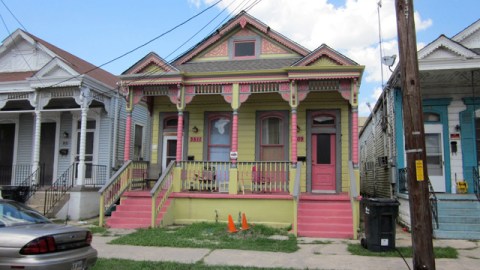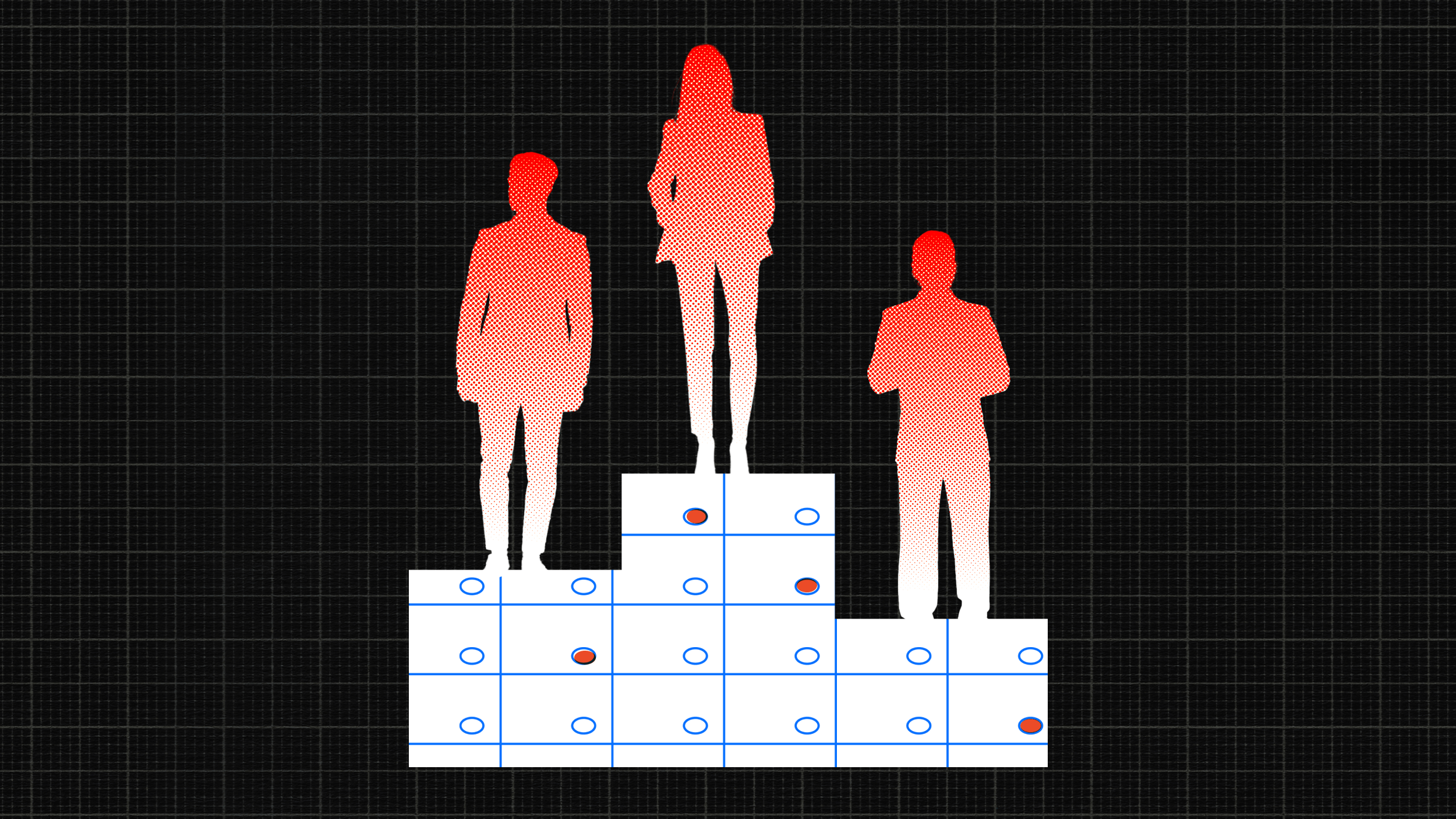Gay Neighbors Are Good for Home Values

We all know that when it comes to buying a house the three most important factors to consider are location, location, and location.
There is anecdotal evidence that if you want to move into a neighborhood that is on the upswing, in terms of market values, you should choose an neighborhood with a creative class: artists, bohemians and gays. The share of the population that can be categorized into this class is small: about 1.5% of the population is employed in the arts and about 4% self-identify as homosexual. So, you have to wonder if a small concentration of people in a particular neighborhood could affect house prices. Sounds like testable hypothesis to me, and, lucky for us, it sounded like a testable hypothesis to an economist at the University of Toronto too.
Richard Florida is well-known for his theories of the creative class. In his most recent publication, Florida and Charlotta Mellander create what they call the bohemian-gay index for 331 metropolitan regions in the U.S. and test to see if having a higher concentration of creative class individuals increases house prices in a particular region. They find a significant positive effect. They reject the notion that house prices are higher because of higher incomes, education levels or population levels. What is left after you control for those effects, is an unmeasured quality about creative class people that is at least correlated with higher house prices. Identifying those effects requires, to some extent, educated speculation.
This research speculates that there is both a supply and demand effect that is driving up house prices in cities with a creative class. The supply effect has an increased supply of creative class people improving the aesthetics of a neighborhood. This makes it more appealing to others—effectively driving up house prices where people are willing to pay a premium for the aesthetic amenities of the area in which they live. I don’t find this argument very convincing, mostly because I don’t see what my gay and artistic neighbours are doing to make my neighborhood more appealing (not very scientific I know). If, on the other hand, they argued that creative people moved into neighbourhoods with creative amenities and that that increase in demand for houses drove up prices, then maybe that is an argument I would buy. But that would be true for everyone who appreciated aesthetic amenities, which they have argued we do.
The second explanation, that I find much more convincing, is that the same quality in a city that attracts artists and homosexuals is one that is good for regional economic growth: having an accepting culture. Acceptance increases the probability that employers will hire the workers who are the most productive, not just the ones whose lifestyles they approve of. It also increases the free flow of ideas and promotes creative expression, both of which can increase productivity either through the development of new technologies and the adoption of new organizational models. If acceptance increases productivity, and productivity increases incomes then house prices are sure to follow. If Richard Florida’s creative class of artists and homosexuals prefer to live in an accepting culture, then the existence of the creative class is correlated with house prices, but they are not the cause.
This issue goes back to what I said in my post on promiscuity and national income: economies grow because they have legal institutions and social norms that encourage innovation. Here, the cultural traits that promote innovation are acceptance, openness to things that are new and, to a certain extent, trust. The fact that gays and lesbians choose to live in these neighborhoods sends a signal that these social norms are more prevalent than in the neighborhoods they choose not to live in. The fact that house prices are higher is an outcome of the economic growth created by the social norm of acceptance, not necessarily an outcome of the people the acceptance attracted into the neighborhood.
* Florida, Richard and Carlotta Mellander (2010). “There goes the metro: how and why bohemians, artists and gays affect regional housing values.” Journal of Economic Geography 10: pp 167-188.





